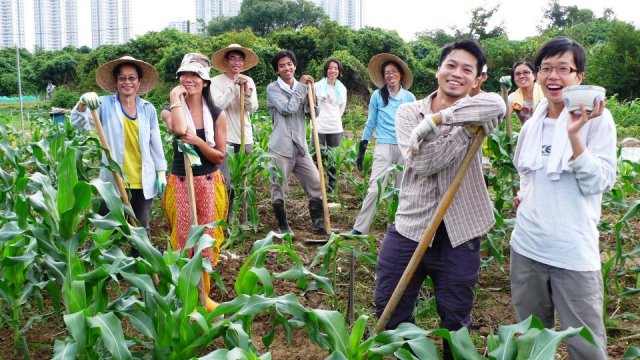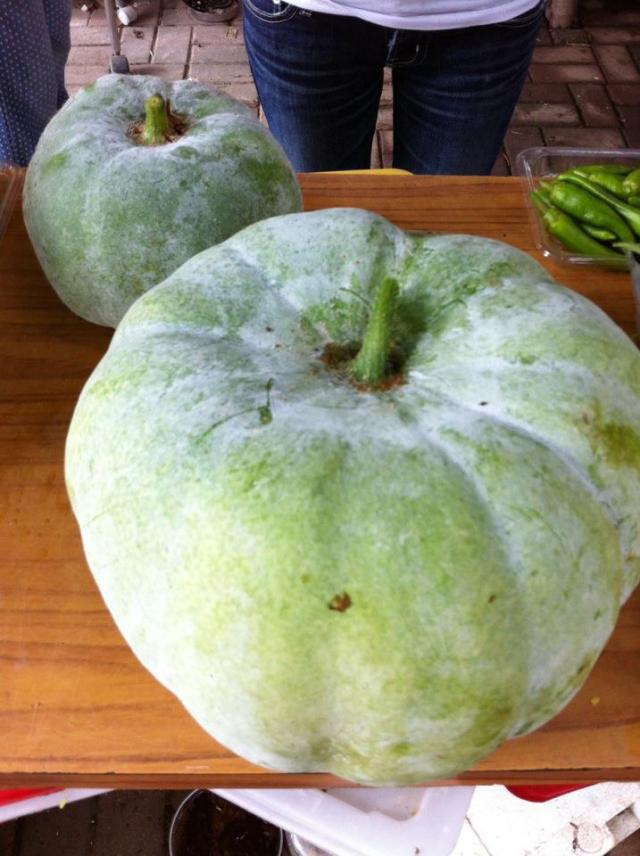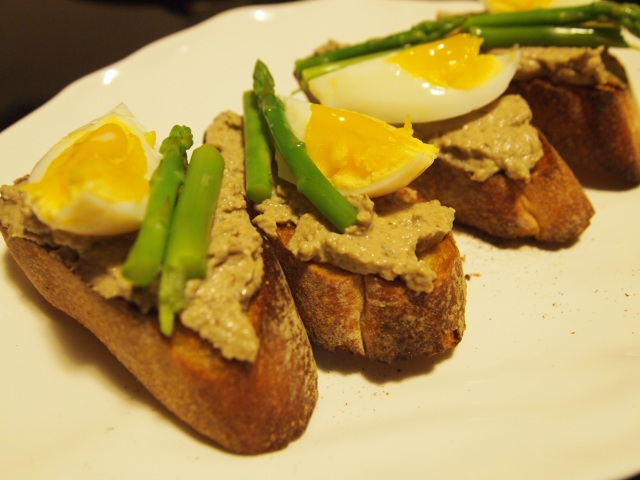I usually do not explicitly endorse any products or brands on my blog, but I cannot keep this cast iron secret to myself anymore. I was lucky enough to be invited to a Chinese (yes! more surprise to come…) cooking demostration at Le Crueset to witness the power of cast iron that turns simple ingredients easily into gourmet food in the home kitchen.
As an amateur cook, I have prepared mostly Western comfort food with Le Creuset so far, anything from a hearty casserole to truffle mac and cheese, basically all guilty pleasures on the dining table. And this demonstration has really inspired me to explore alternative use of one of my favourite tools in the kitchen cupboard.
Long before non-stick pans (made with perfluorooctanoic Acid (PFOA) which is a known carcinogen…) became popular in home kitchens, cast iron provided the original non-stick cooking surface. This is especially important for cooking rice without an electric rice cooker. Traditionally, (Southern) Chinese people cook their rice in cast iron or clay pots over open fire, and this labour-intensive cooking method produces the special by-product that’s the crispy and charred part on the bottom. For the Hainanese Chicken Rice, rice is the soul of the dish, and elaborate preparation with chicken fat is key.
Ingredients
For the rice:
Chicken fat (from 2 thighs)
Chicken stock (enough to cook the rice)
Garlic (finely chopped)
Shallot (finely chopped)
Fresh pandan leaves
Fresh lemongrass
For the chicken:
Half chicken, cut into smaller pieces
Fresh ginseng
Dried goji berries
Dried longan
Dried red dates
Shaoxing wine
Seasame oil
Light soya sauce
Dark soya sauce
Salt
Potato starch
To make authentic Hainanese chicken rice, the rice must be coated with real chicken oil, and the best way is to make your own by rendering down chicken fat from the thighs. Do not use chicken skin for this.
Another secret ingredients to add flavour to the rice is fresh pandan leaves and lemongrass. Cannot stress enough the importance of using fresh herbs as dried ones does not release the same aroma into the rice.
In the Round French Oven goes some finely chopped shallot and garlic, then rice and slowly stir fry until the rice starts to turn white, and add chicken stock and pandan leaves until it resembles porridge consistency. Boil for 1 minute then turn off the heat and keep the lid on. Set aside for 30 minutes.
While your rice cooks with the contained heat in the cast iron pot, time to steam those chicken that will go on top of the rice.
To tenderise the meat and add a slight ‘drunken’ herbal flavour to the chicken, first marinate the chicken in Shaoxing wine, dried goji berries, longan and red dates (chopped up). I like this Shanghainese twist to the conventional Southeast Asian versions of Hainanese chicken. Shaoxing wine is essentially Huangjiu (yellow wine) which is undistilled, which acquires its reddish colour from red yeast rice.
Keep the skin on the meat and marinate for at least 20 minutes. Cover with aluminium foil and steam in the buffet casserole for around 8 minutes.
The key to make sure the meat is thoroughly cooked without drying it out is to ‘double steam’ i.e. turn the heat off, keep the lid on and set aside
for another 10 minutes, turn the heat up and let the water boiling up again before serving.
Once we have the rice and the chicken ready, time to assemble into the beloved Hainanese chicken rice that we have been waiting for!
This was delicious, healthy and easy to make in the home kitchen. Definitely an entry level signature dish for those who have been wondering about the mystery of cooking Chinese food.
Le Creuset
Add: G/F & M/F, 31C-D Wyndham Street, Central, Hong Kong
Tel: +852 2790 1808

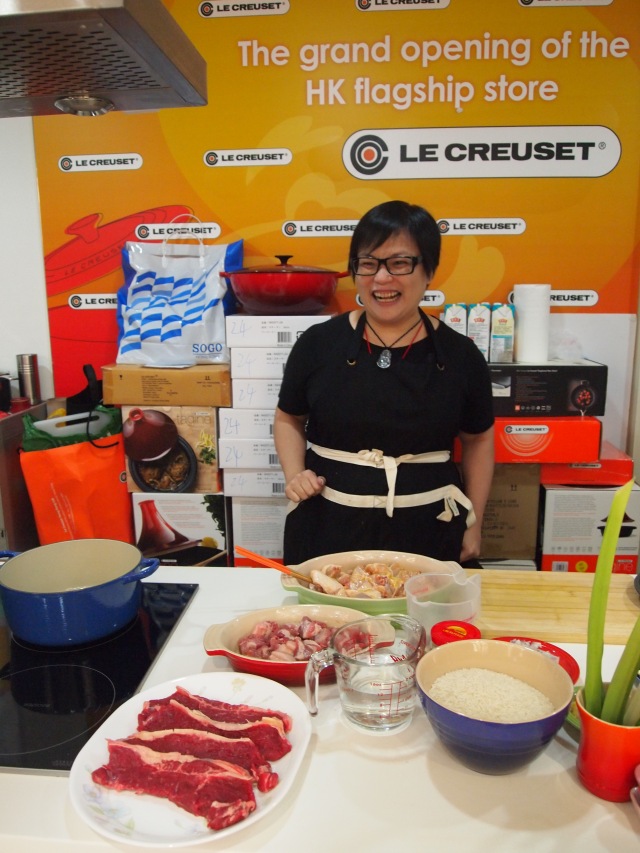









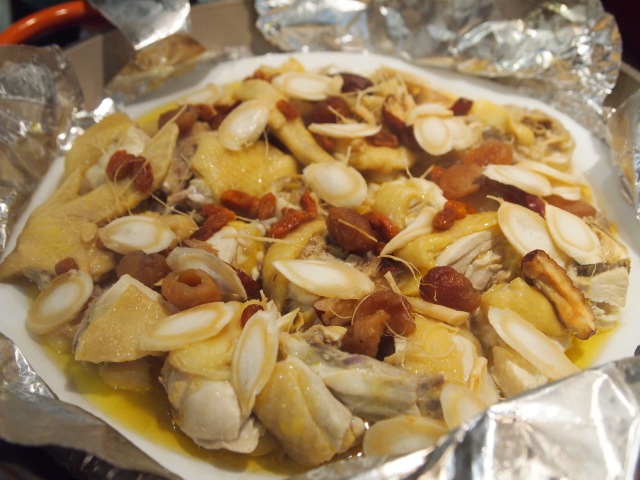




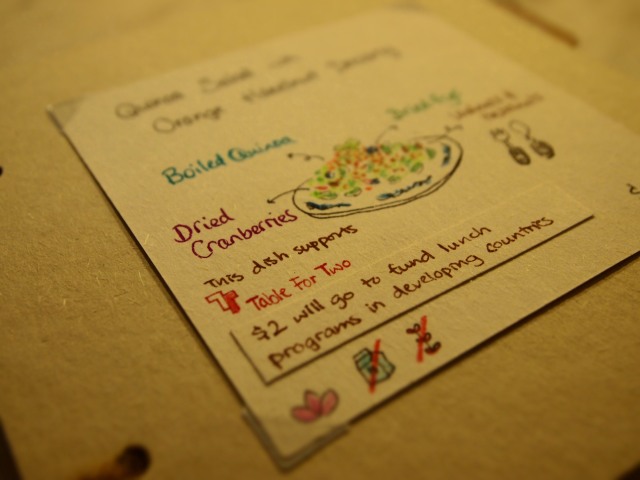





































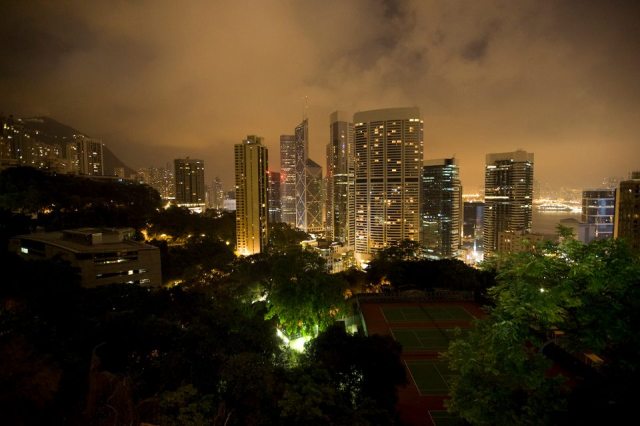







![OBE-Organic-cattle-in-the-Channel-Country-grasslands-of-Australia-2[1]](https://gastronomicvoyage.files.wordpress.com/2012/07/obe-organic-cattle-in-the-channel-country-grasslands-of-australia-21.jpg?w=640&h=480)























